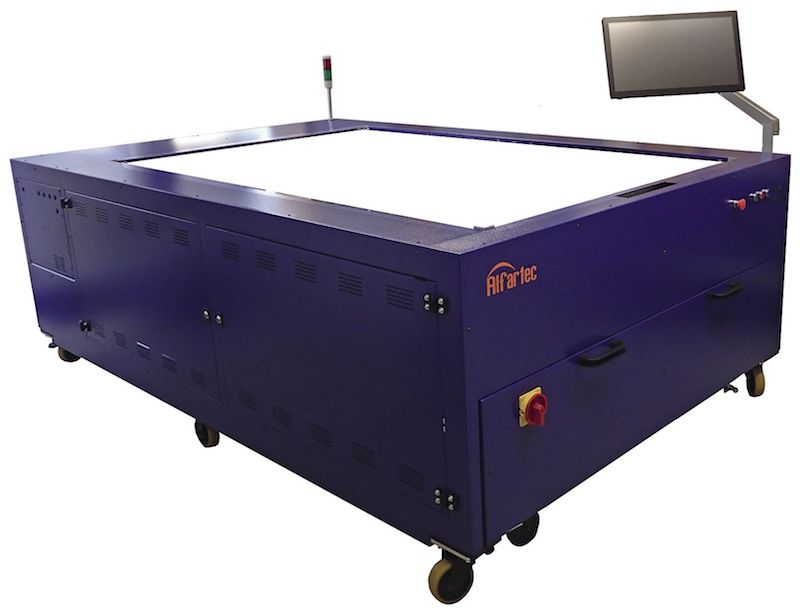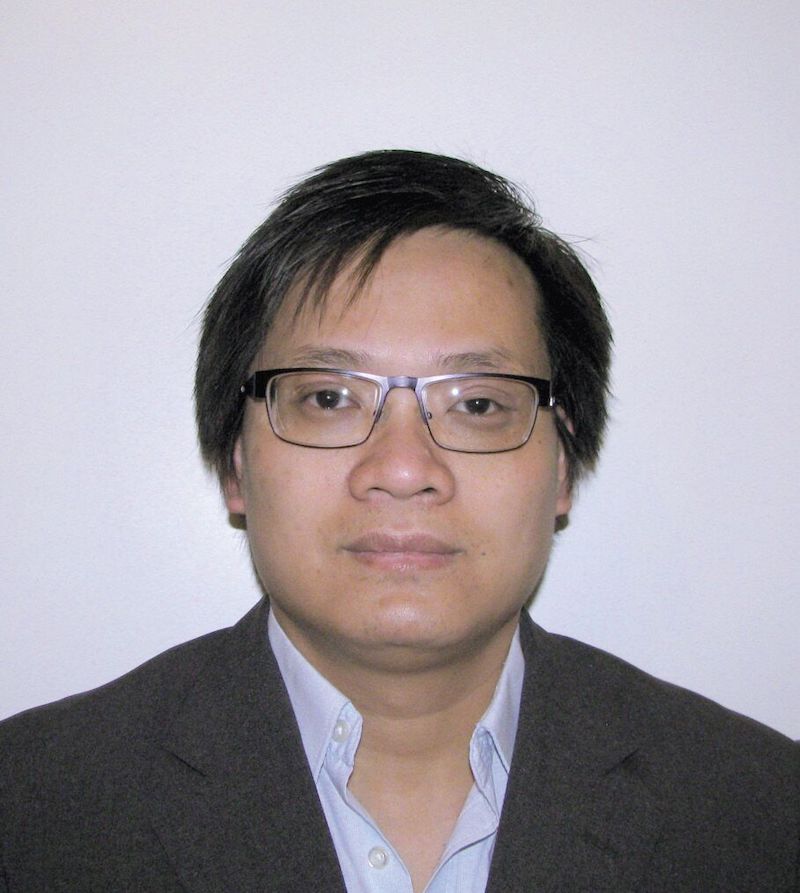pv magazine: Alfartec is a relative newcomer to PV testing. What was behind the company’s founding?
Alo Lo: Testing equipment maker Pasan was founded in 1983 by Pierre-René Beljean, under the name “Belval SA.” In 2007 the company was sold on first to company 3S, and later became a part of Meyer Burger. Mr. Beljean continued to work there for five years after this, before moving on. Two years later, in 2014, he founded Alfartec with Mr. Fabien Mauris and myself.
We had decided to focus on flash testing modules, as this was our most efficient area. Now we are ready to grow the team and move into the market.
What are Alfartec’s goals as a company?
Our goal is to provide response to demand and provide the market with what it needs. Our Bluesky range of technology can perform the longer flash durations (more than 1 second) required in the testing of high efficiency modules, including heterojunction, which we believe will become the dominant module technology in years to come.
Alfartec looks to be the first player providing efficient solutions for this technology.
Is there more focus on the R&D community, or on solutions for production?
Solutions must be proven in a lab before they can be scaled up to commercial levels. Given our experience though, Alfartec has been able to take a different approach. We started out with production-level equipment, to be tested in a beta production line to collect different data from the field.
What are the biggest challenges currently faced by flashing equipment providers?
The challenge is sustaining longer flash durations. Nowadays, most equipment manufacturers are limited to 200 ms or even less.
Our Bluesky generation of module testers is able to illuminate for 1 second or even more, which are required for current and upcoming high efficiency solar technologies. Recently, our Bluesky MT240 tester received the A+A+A+ NIM certification. We also have TÜV certification in process, and we expect to receive this by the end of the year. The market is largely moving towards LED flashing equipment, because they can achieve these longer durations at a reasonable cost, but there are some other problems associated with this. We have an advantage over other LED flasher manufacturers thanks to our use of both LED and halogen light sources. This way we are able to go much higher in the spectrum – many other flashers are limited to around 1,100 nm, however we can go all the way to 1,200 nm and even more.
How is Alfartec preparing for new cell/module technologies such as HJT and bifacial?
Regarding heterojunction, longer flashes and slow response times are required for accurate testing. We are prepared for this, and our equipment can already operate at the necessary parameters without any issue, thanks to our long illumination duration and slow sweep voltage generation.
Our equipment can also accurately measure bifacial modules, it is simply a case of flipping the module over to measure each side separately, but an international standard has still to be adopted for a such measurement. We are open to working on the establishment of such a standard.
Alfartec’s simulators use both LED and halogen lamps. What is the advantage of this?
The halogen lamps are able to cover a larger part of the IR spectrum than LEDs alone. By combining these in a tester with 8 groups of colors or more, we can cover the entire solar spectrum much more efficiently than solar simulators which rely on LEDs alone.

module tester can provide full
characterization for any module
technology. The tester utilizes both LED
and halogen light sources, for better coverage of the light spectrum.
Why the move away from Xenon tubes?
Using xenon tubes as a light source for flash testing has several limits, especially in duration. The tubes are best for producing short, intense light pulses, and face challenges in providing longer durations needed for testing high efficiency cells and modules.
One major challenge, among others, is the fact that flashtubes driven at low intensity exhibit very strong IR peaks, which are difficult to filter out.
Some LED flashers have had problems with spectral shift at certain temperatures and currents. Has this been addressed in Alfartec’s latest equipment?
Yes, this could be a problem, but the spectral shift is quite limited – about 5 nm according to our experience. This is easy to compensate in our design as every LED can be controlled individually, so we only have to program the correct mix of light to take this effect into account.
Interview by Mark Hutchins
This content is protected by copyright and may not be reused. If you want to cooperate with us and would like to reuse some of our content, please contact: editors@pv-magazine.com.

